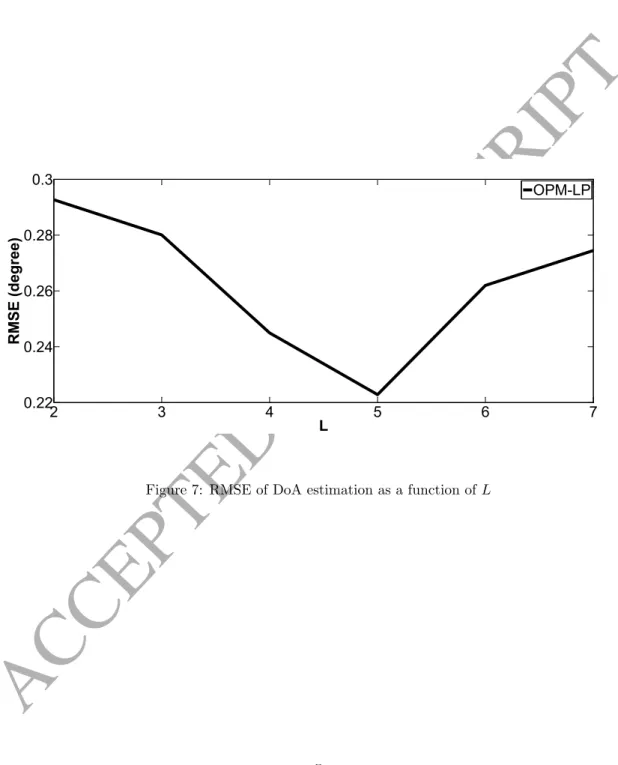Direction of arrival estimation by modified orthogonal propagator method with linear prediction in low SNR scenarios
Texte intégral
Figure
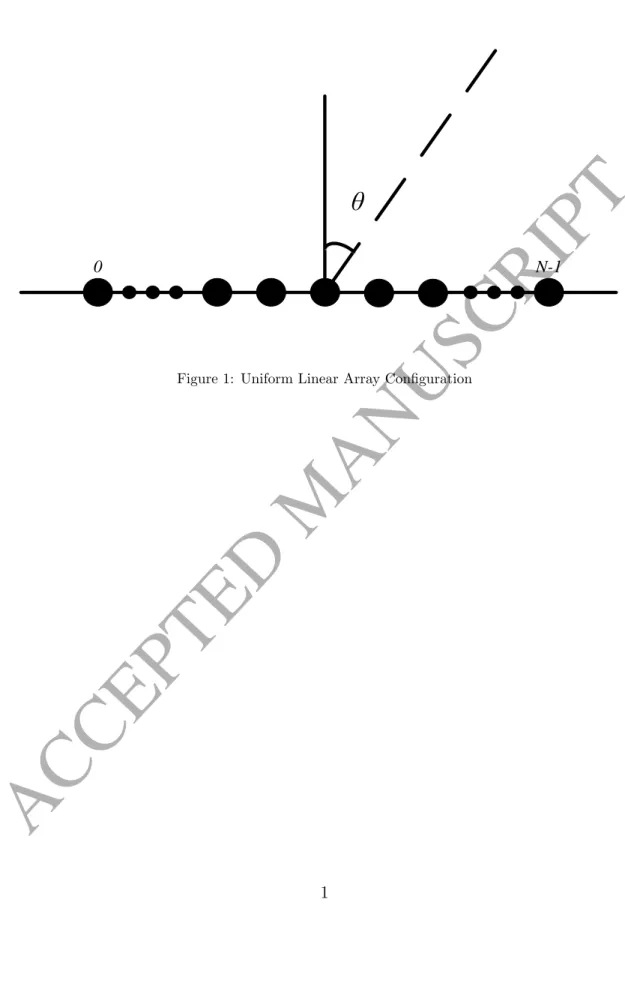
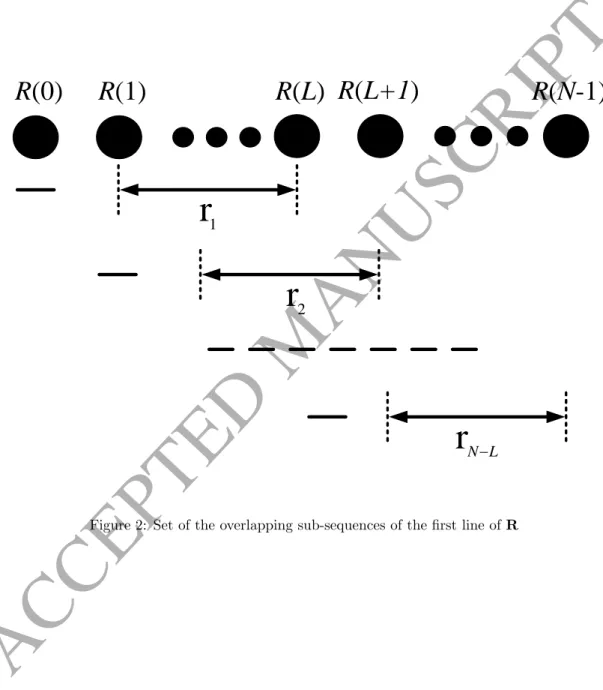
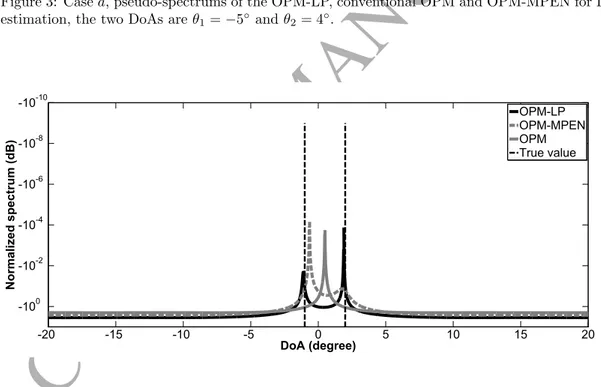
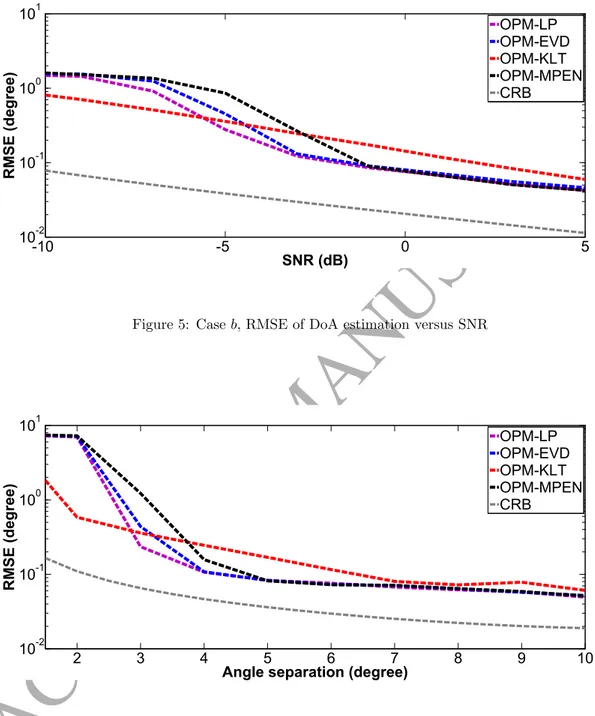
Documents relatifs
Au chapitre trois, nous présentons pour la station de Phu Thuy (Vietnam) les résultats obtenus à partir des observations magnétiques concernant la variation régulière Sq
The Division of Building Research (DBR) of the National Research Council of Canada contributed to the technology transfer process by sponsoring a study to analyze and document
First, we map the fundamental matrix given by the 8 point algorithm to the closest essential matrix [8], and use this as an initial solution for the non-linear optimization. Hence,
For the three models that we fitted, the correlation between the variance–covariance matrix of estimated contemporary group fixed effects and the prediction error
This paper deals with the evaluation of the collocation method, used in homogenization [7], by considering a more general approach to approximate eective relaxation or creep func-
In order to evaluate the capability of prediction of the manifold-based tech- niques and measure the precision of the predicted profiles, we propose to sequen- tially remove one
In this chapter, we first outline some of the most important and widely used latent linear models in a unified frame- work with an emphasis on their identifiability
